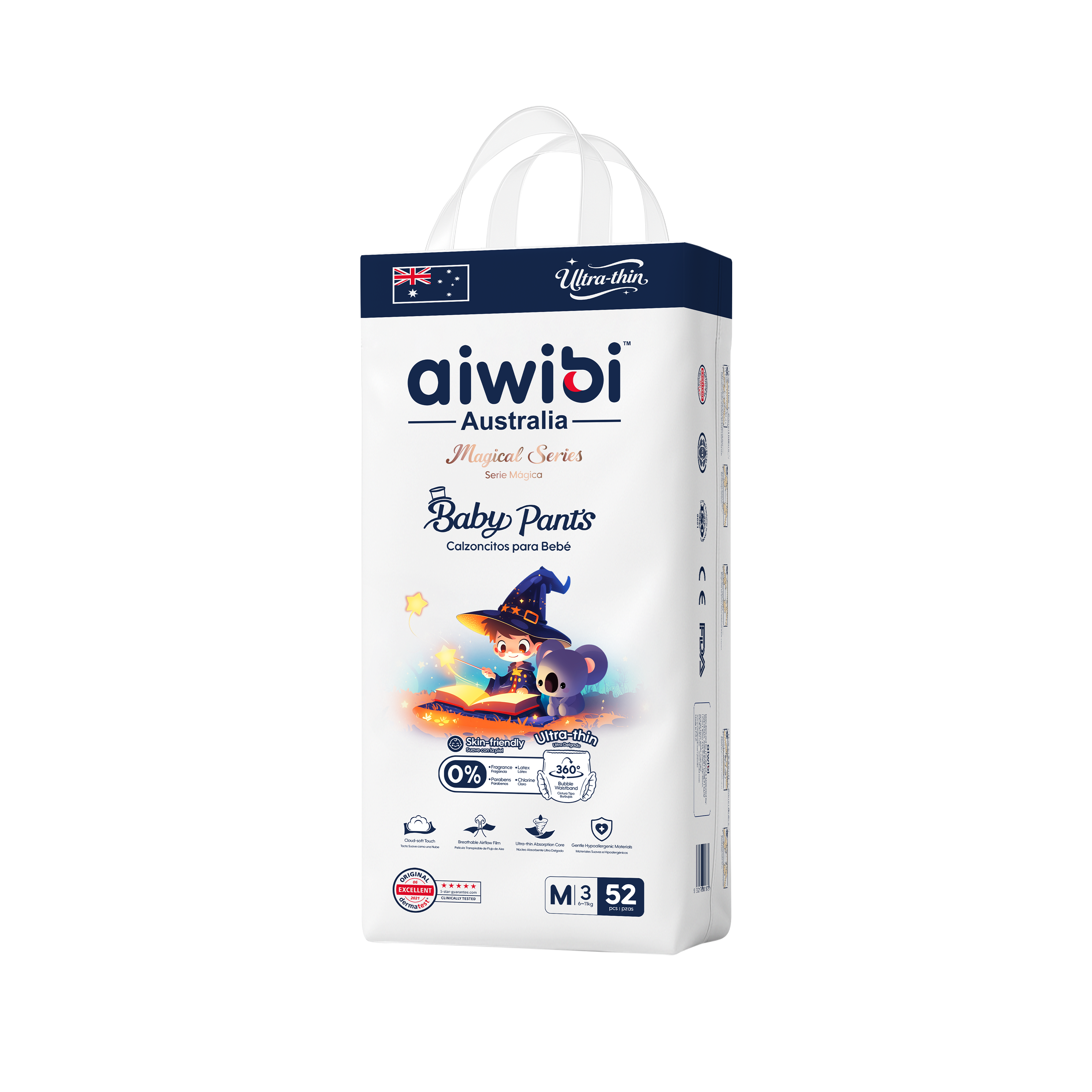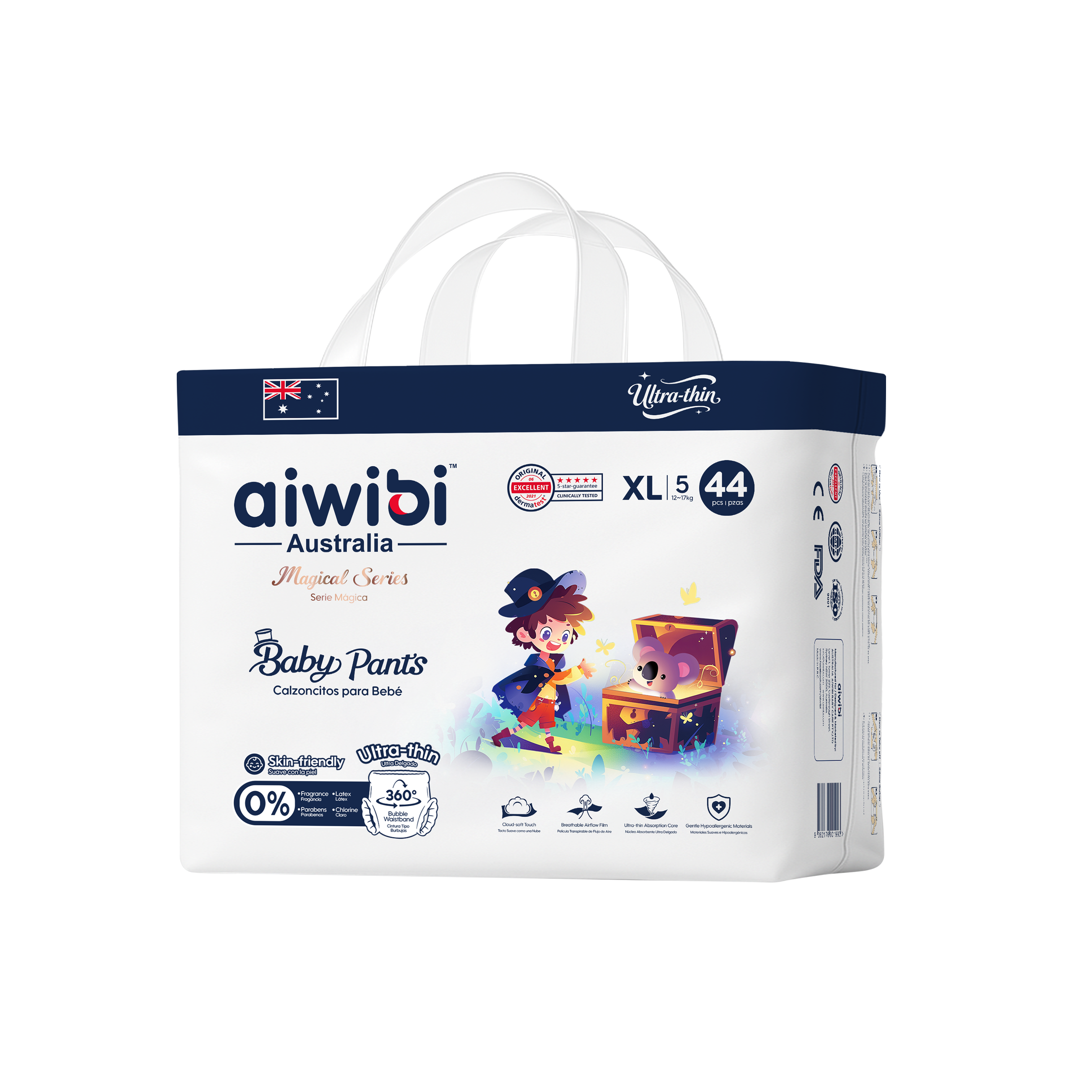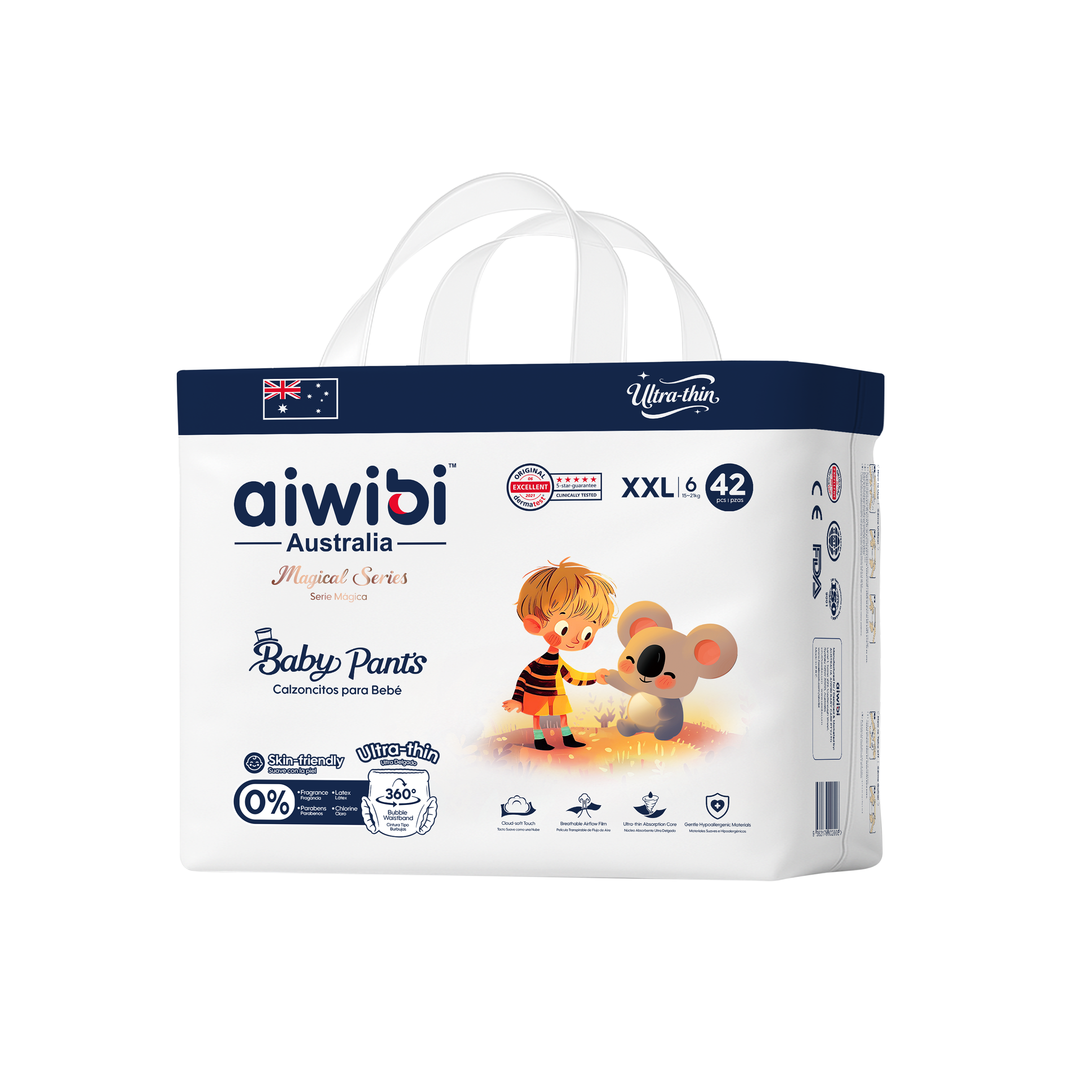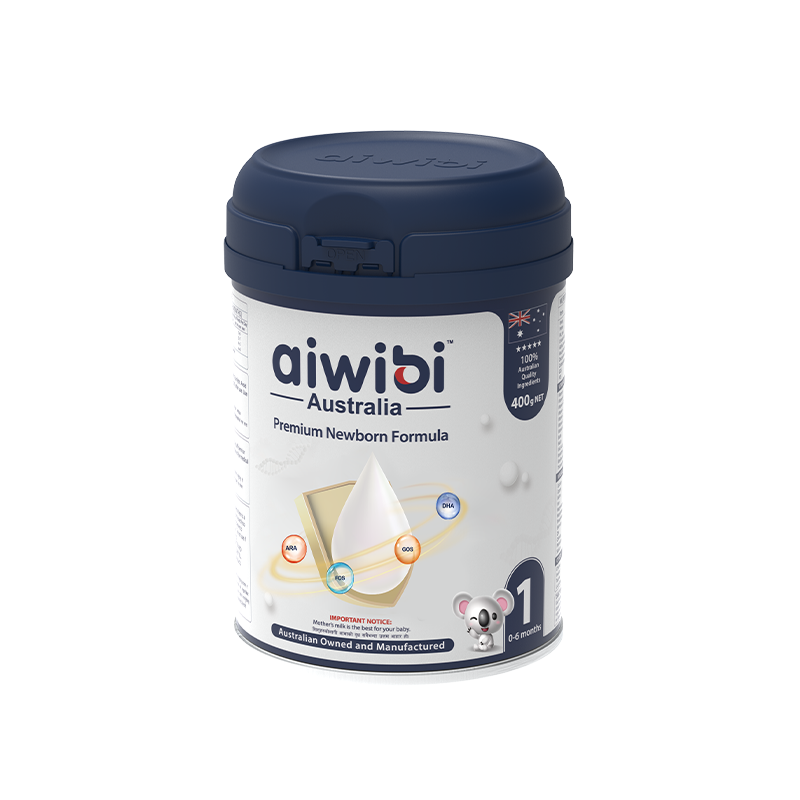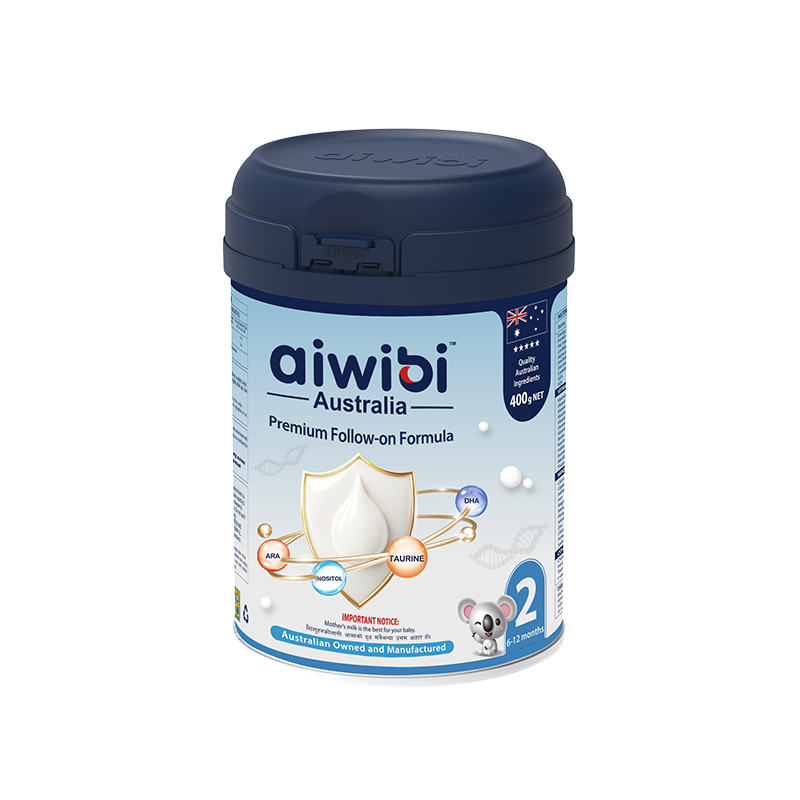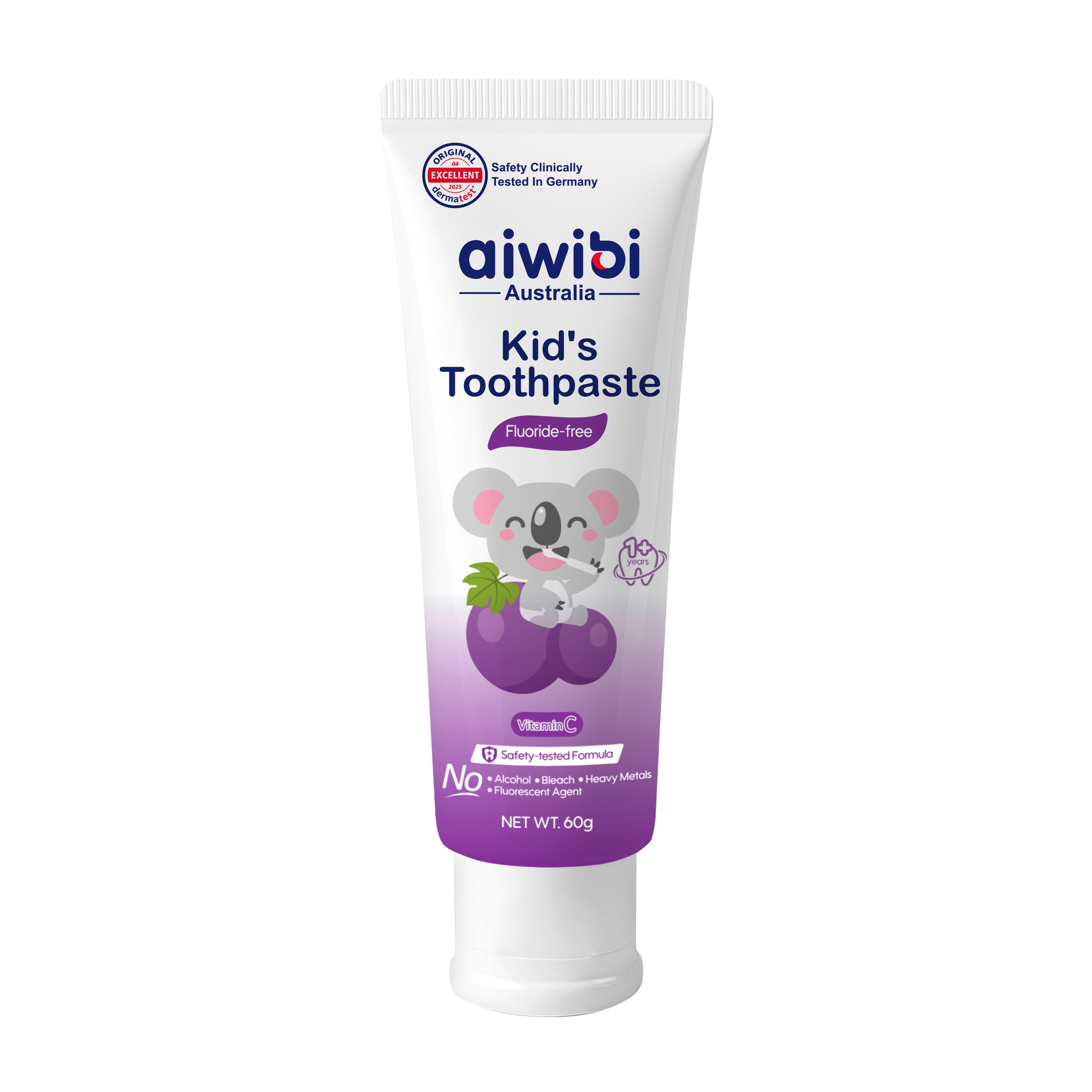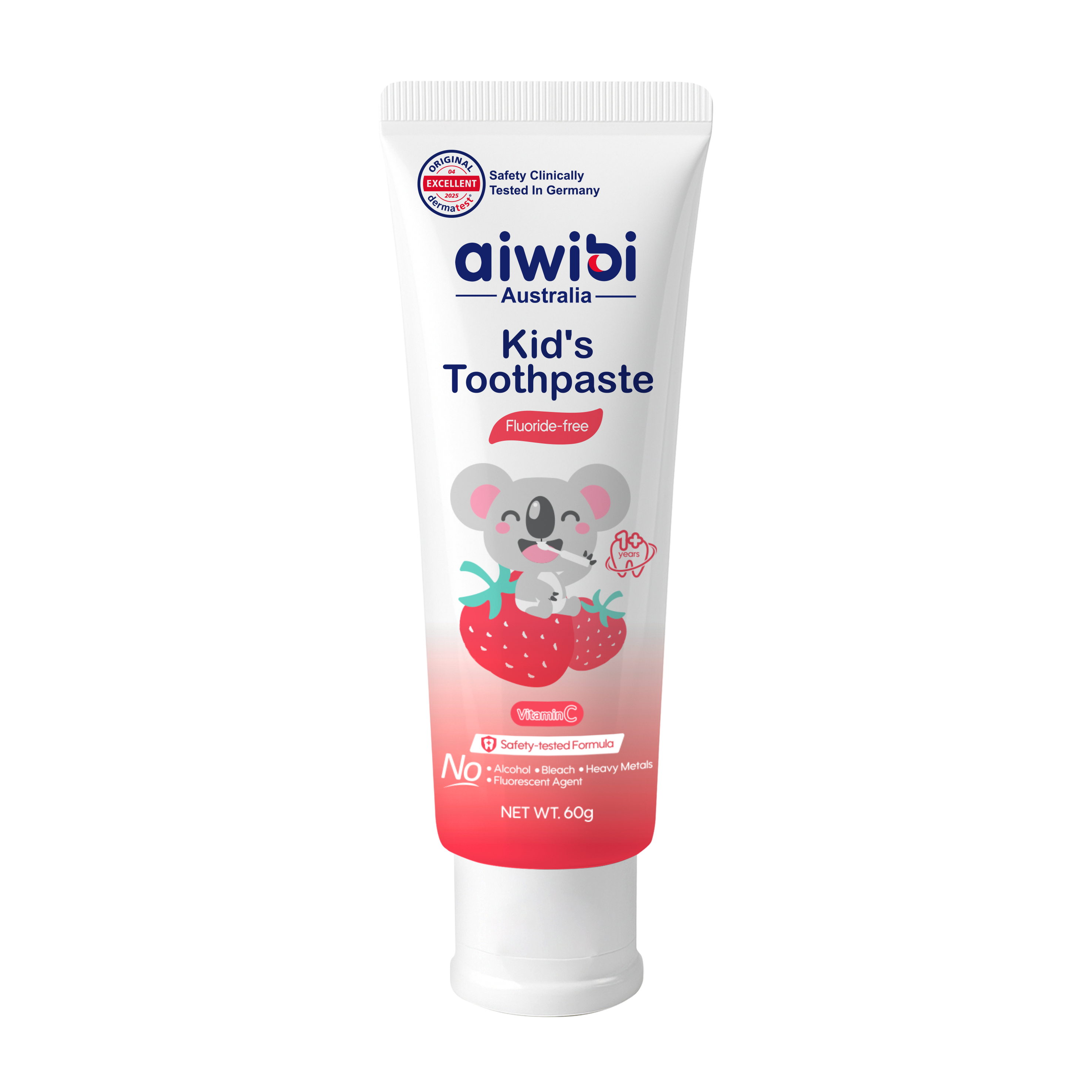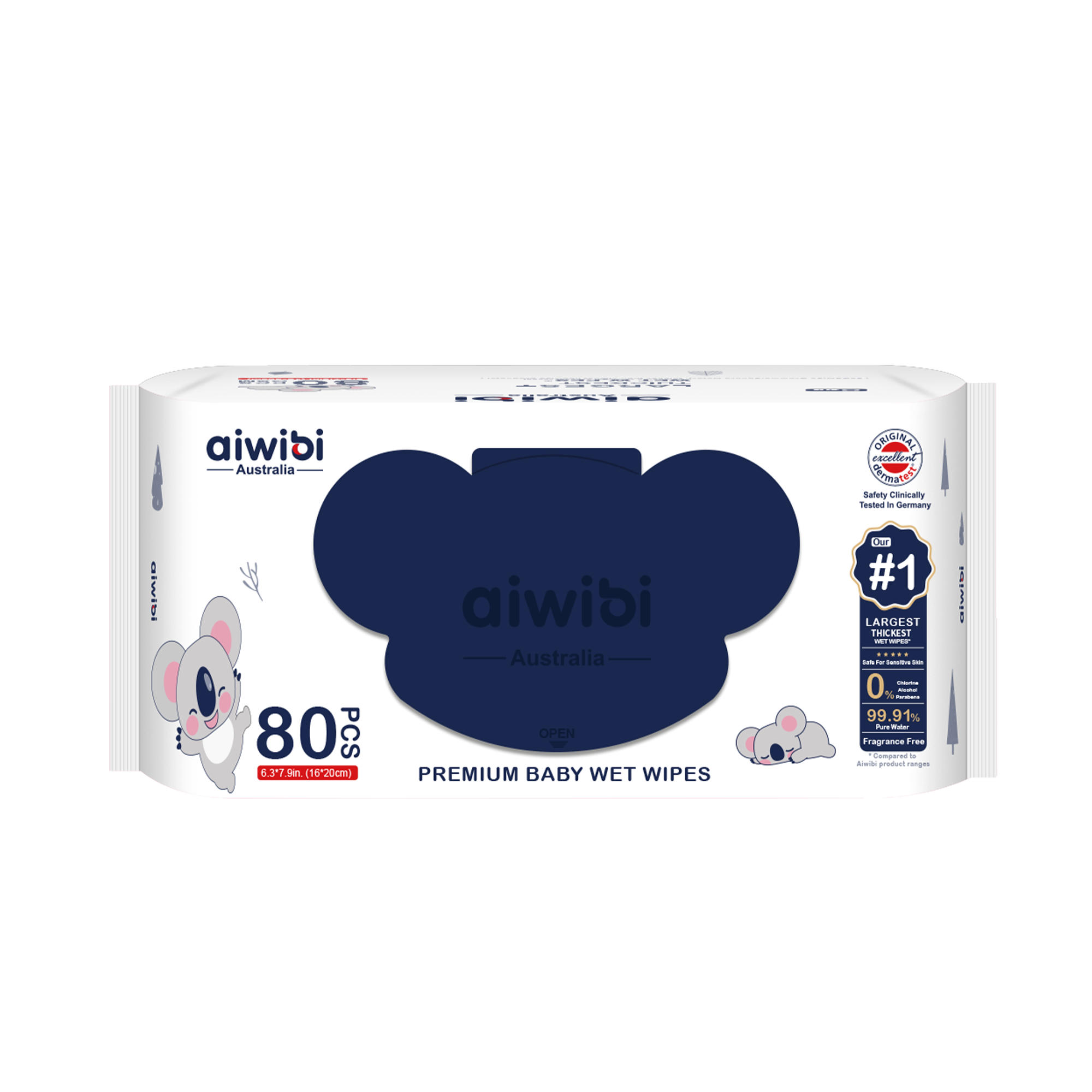Breast milk is the best food and source of nutrition for your baby, but "low milk supply" is a common concern for many new mothers. Don't worry—milk production isn't set in stone. The vast majority of moms can successfully breastfeed through scientific and natural methods. In this article, you can try these 8 practical tips to increase breast milk naturally at home. Let your baby eat fully and grow up healthy!
1. Stay Hydrated to Boost Milk Production
How it works: About 90% of breast milk is water. If your body is dehydrated, it will prioritize basic physiological functions, directly affecting milk secretion. Dehydration can quickly reduce milk production, so it's essential to stay hydrated.
How to do it at home:
- Keep a bottle of water nearby. Warm water is the best choice. Additionally, soups, lentil soup, and congee are great for hydration and nourishing lactation.
- Make it a habit—every time before or during breastfeeding, keep a large glass of water within reach and finish it. This not only replenishes fluids but also helps trigger the let-down reflex through the sucking motion and intake of warm liquid.
- There's no need to force yourself to drink excessively. Listen to your body's thirst signals and ensure your urine remains clear or light yellow.
2. Balanced Nutrition
Why it matters: The nutrients in breast milk come directly from the mother's diet. Mothers should maintain sufficient calories and a balanced, varied diet to sustain their energy, maintaining sufficient calories and diverse nutrition to sustain their energy and produce high-quality milk rich in fat, protein, vitamins, and antibodies.
How to do it at home:
- Eat regular, healthy meals.
- Add protein-rich foods like lentils, chicken curry, and fish curry.
- Include healthy fats such as ghee, almonds, and walnuts, which are crucial for your baby's brain development and make the milk more satisfying.
- Enjoy traditional laddus or halwa for an energy boost.
- Use galactagogues: Add fenugreek seed tea and fennel to your meals or tea.
3. Feed On Demand and Frequently
How it works: Supply and demand. The more empty and frequent the feeding, the more your body thinks it needs to produce more milk. It's the most natural collaboration between your body and your baby. To increase milk supply, let your baby suckle more—this tells your body, "We need to produce more breast milk!"
Whether your baby is feeding for nutrition or comfort, suckling stimulates the breasts and helps maintain and increase production.
How to do it:
- Feed when your baby shows hunger cues (rooting, sucking hands, fussiness).
- For newborns, this may mean 8–12+ times within 24 hours.
- Don't watch the clock; follow your baby's needs.
4. Maintain the Correct Breastfeeding Position and Attachment
How it works: Proper suckling ensures effective milk removal, signaling your body to produce more milk.
How to do it:
- Correct latch: Your baby's mouth should be open wide like a yawn, covering not only the nipple but also most of the areola. The lower lip should be flanged outward, and you should hear swallowing sounds.
- Watch for nipple pain: If breastfeeding causes sharp pain, the latch is incorrect and needs adjustment.
5. Fully Empty the Breasts
How it works: Empty breasts refill faster, while full breasts slow down milk production. If breasts remain full without being emptied, the brain may think there's an oversupply and reduce production.
How to do it:
- Pump after feeding: After breastfeeding, use a breast pump on each side for 5–10 minutes to tell your body, "We need more!"
- Use hand expression: If your baby hasn't fully emptied the breast, learn hand expression to relieve discomfort—it's convenient and efficient.
6. Switch Sides During Feeding
How it works: Switching encourages vigorous sucking and multiple milk ejections, stimulating the let-down reflex (that tight feeling in the breast followed by the sound of your baby gulping). Triggering 2–3 let-downs per feeding allows your baby to consume more fatty hindmilk, promoting healthier growth.
How to do it:
- Watch for your baby's cues. When sucking slows down, gently switch to the other breast. The smell of milk will prompt your baby to open their mouth wide and start a new "meal" vigorously.
- If your baby has a good appetite, repeat the process on the second breast. Once sucking slows, you can switch back to the first breast. It's perfectly fine to switch sides 2–3 times during one feeding.
- If your baby falls asleep satisfied after one side, there's no need to wake them to switch. This technique is most effective when you feel your milk supply is low or when you're intentionally trying to boost it.
- For the next feeding, start with the breast that was suckled last to ensure both breasts are fully utilized and prevent milk stasis.
7. Use a Breast Pump to Increase Sessions
How it works: A breast pump mimics your baby's suckling, placing an "extra order" for more milk.
How to do it:
- It's best to pump within 15–30 minutes after breastfeeding, when your body is most responsive to lactation signals.
- Initially, you may only express a few milliliters or even just drops. Don't be discouraged! This is completely normal. The goal isn't to store a full bottle but to signal your body to produce more breast milk.
- Choose a time of day when you're relatively relaxed and your milk supply is likely highest (usually in the morning). You can pump while watching TV or browsing your phone to stay relaxed.
8. Rest, Relax, and Massage
How it works: A breastfeeding mother's emotions greatly affect milk secretion. Negative emotions like tension, anxiety, and stress can inhibit milk production.
Therefore, moms should learn to relax and maintain a positive mindset. You can reduce stress by listening to music, taking walks, or chatting with family and friends. Meanwhile, proper breast massage can also promote milk secretion.
How to do it:
- Create a relaxing environment: Find a comfortable "nursing nest," support your back and arms with pillows, play soft music, and practice deep breathing (inhale for 4 seconds, exhale for 6 seconds).
- Massage while feeding: As your baby suckles, use your fingers to gently stroke or apply circular pressure from the outer breast toward the nipple, helping milk flow.
- Seek support: Ask your partner to massage your shoulders and back, share household chores and baby care duties, and allow you to truly rest. Emotional support is the best "milk booster."
Final Advice for Nepali Mothers
Trust your body. Eat galactagogue foods commonly found in Nepal. Stay hydrated, breastfeed often, and rest as much as possible. Practice plenty of skin-to-skin contact with your baby—it magically soothes your baby, stabilizes your heart rate, and promotes the natural secretion of oxytocin and prolactin. If you're still concerned about your milk supply, a professional lactation consultant is always your strongest support!


